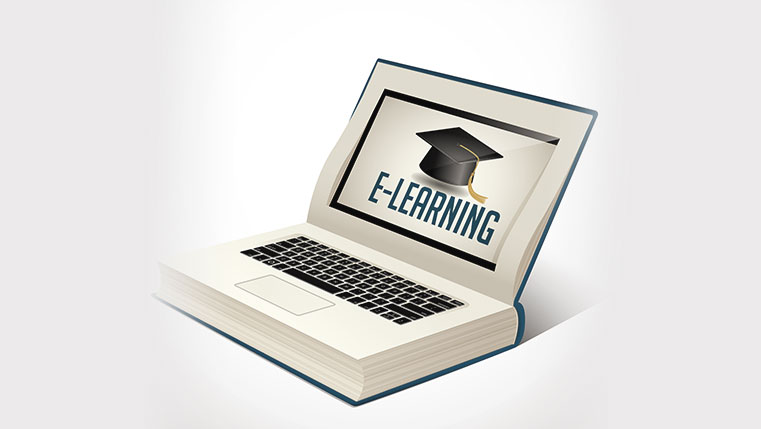E-learning or Classroom – Which Is Better?

The effectiveness of classroom and eLearning often becomes an issue of debate. Can we say definitely which is more effective? While one (classroom) offers real time interaction with an instructor, other (eLearning) allows learning at one’s own pace in a flexible manner! In such a case, how can you decide which method you need to adopt for effectively and efficiently impart knowledge and skills to learners?
These are a few points that can help you to see both classroom and eLearning more closely so that you choose accordingly in context of your requirement.
Nature of both modalities
The one main difference between classroom training and eLearning is that classroom training allows learners to personally interact with instructors and other learners in a live environment, whereas learners have to depend on electronic media to interact with the course in eLearning. There is always somebody in a classroom to motive and assess the performance of learners in a classroom, whereas learners are required to be self-driven and a bit self-disciplined to really benefit from an eLearning course.
Training requirement
When it comes to only providing information with respect to make learners understand the concepts better, eLearning is definitely a better choice in comparison to classroom training. Presenting huge information in classroom to teach basics of any subject in today’s fast paced working environments cannot be said as a preferable choice, when you can easily leverage the benefit of eLearning in the form of eBooks, online manuals, Online handbooks, audio and training videos to transmit huge information. In addition, for communicating about values and vision throughout an organization or training people on change management, eLearning can be very effective. It can also ensure a consistent learning experience for learners.
Learners’ Requirements
If eLearning courses are developed on the basis of sound instructional designing strategies and adhere to adult learning principles as well, they can be highly beneficial and engaging for the adult learners. These adult learners, who are experienced, self-directed and expected to be busy in their lives (playing multiple roles in lives), like to learn in order to just enhance their present performance in doing some work/task. They are more likely to go after such a course which can allow them to experiment, practice, perform, and acquire required skills. Adults learn to get their existing performance problem solved. Another factor with adult learners is they like to take time and learn at their own pace, which can become possible in the case of online training module.
In this way, eLearning courses, which are usually learner centric, can be very useful for these adult learners. The well-chunked, need to know content along with the complimentary real-life interactive scenarios, simulations, problem solving games, stories, case studies etc., in eLearning courses can highly engage them more than classroom training which is mainly focused on presentation of lot more information, including basics and least allows for interacting with course. However, for learners who don’t find it comfortable with technology or tend to lose interest in a self-paced, self-driven eLearning course, classroom can be a better option.
Cost benefits
Coming to the cost benefits, various research reports show eLearning as more cost effective than to classroom training. Corporates save about 50% to 70% on training, when they replace instructor led training with eLearning, due to reduced or eliminated travel costs and more targeted training (IOMA 2002). Unlike classroom training which requires the presence of trainers each and every time the course is supposed to be delivered, eLearning can be developed once and used multiple times for the training requirements. Furthermore, it is now very easy to develop eLearning course in quick time following the advent of authoring tools (a 30 minute course can be developed in about 3-4 weeks of time by using authoring tools like Lectora, Articulate etc.). In this way, eLearning development costs are significantly less compared to classroom training.
Tracking of learners’ progress
This is one more aspect where eLearning surpasses classroom training. The tracking of learners’ progress in the training program is usually done manually in classroom situation, which may sometimes result in incorrect recording of data. The process of assessing learners’ progress in classroom also consumes huge time and manpower. On the other hand, eLearning courses can be delivered on the Learning Management Systems (LMSs), a software platform, for tracking and monitoring of learners’ progress automatically in the course in an efficient manner.
Both classroom and eLearning methodologies are here to empower learners with knowledge and skills. Both have their advantages and limitations. It depends on one’s requirement and approach towards learning. What would you like to say about this? Please do share your view. We would really appreciate your response.





